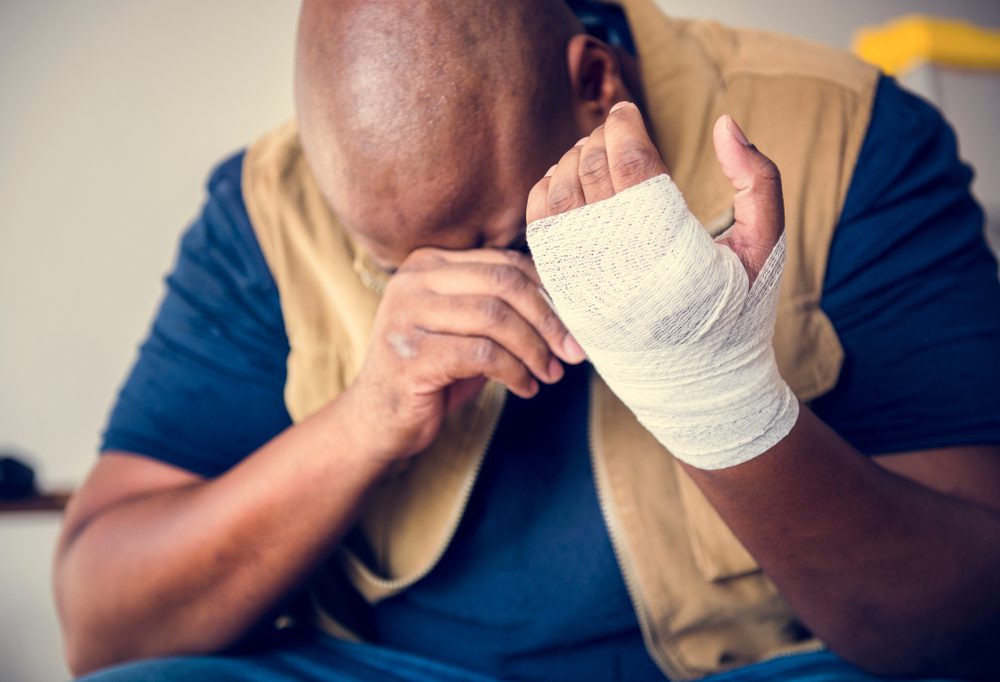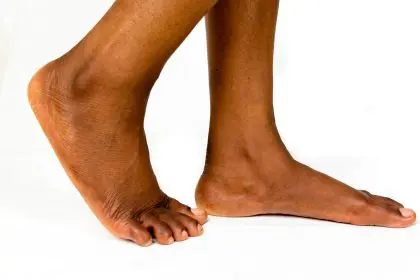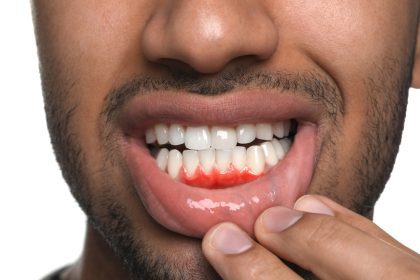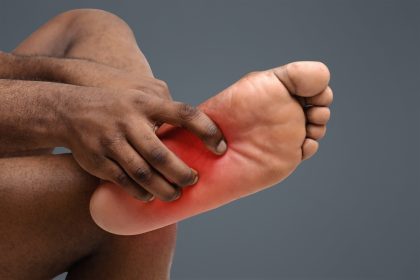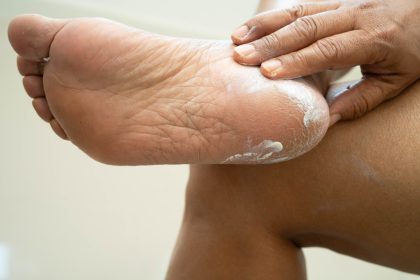For individuals managing diabetes, the ramifications of seemingly minor cuts and wounds stretch far beyond ordinary injury concerns. These seemingly trivial injuries can pose significant and potentially severe threats to the health and overall well-being of those with diabetes. Understanding the heightened risks associated with cuts and wounds in the context of diabetes is paramount for effective management and prevention strategies.
Living with diabetes introduces a complex interplay between the body’s healing processes and the condition’s specific challenges. The intricate relationship between diabetes and wound healing amplifies the potential dangers of even the most minor injuries, often leading to prolonged healing times, complications, and, in worst-case scenarios, severe infections or the need for amputation.
To navigate these risks effectively, it’s imperative to delve into the intricacies of diabetic wound care, exploring not only the risks but also the proactive measures that can significantly mitigate these threats.
The perilous intersection: Diabetes and wound healing
At the core of this issue lies the intricate relationship between diabetes and the body’s ability to heal wounds. Diabetes can cause neuropathy, leading to reduced sensation in the extremities, particularly the feet. As a result, minor cuts, blisters or abrasions might go unnoticed, allowing infections to take hold.
Moreover, diabetes can impair blood circulation, significantly impeding the body’s natural healing processes. Reduced blood flow means fewer nutrients and immune cells reach the wound site, prolonging the healing duration and increasing the vulnerability to infections.
Elevated risks and complications
The consequences of unattended cuts and wounds for diabetics can be alarming. These seemingly trivial injuries can swiftly progress into severe complications, such as:
Infections and ulcerations
A small cut can escalate into a foot ulcer, an open sore that refuses to heal. These ulcers are particularly common in individuals with diabetes and can lead to severe infections or, in extreme cases, amputation.
Diabetic foot complications
Foot complications are prevalent among diabetics, and wounds play a significant role in their development. Left unaddressed, wounds can evolve into conditions like Charcot’s foot — a weakening of the bones — and diabetic foot ulcers, requiring extensive medical intervention.
Delayed healing
The impaired healing process in diabetic individuals means that even minor wounds may take an extended period to heal, leaving the individual susceptible to infections throughout the healing phase.
Preventive Measures and Vigilance
Given the severity of these risks, preventive measures play a pivotal role in mitigating the dangers posed by cuts and wounds for diabetics:
Daily foot inspections
Regularly inspecting the feet for any signs of injury, redness, swelling or abnormalities is crucial. This practice allows for the early detection of wounds, enabling prompt treatment.
Proper foot care
Maintaining proper foot hygiene, keeping the feet dry and moisturizing them to prevent cracking can significantly reduce the risk of cuts and subsequent infections.
Seeking immediate medical attention
Even the smallest of cuts should not be disregarded. Seeking prompt medical attention and adhering to health care professional advice is essential to prevent complications.
In the intricate landscape of diabetes management, vigilance regarding cuts and wounds stands as an imperative shield against potential health catastrophes. What might appear as innocuous injuries hold the potential to snowball into severe health complications, underscoring the critical need for unwavering attention.
Understanding the intricate risks woven into the diabetic experience empowers individuals to fortify their defenses against these seemingly minor threats. The adoption of proactive measures cannot be emphasized enough; daily foot inspections, meticulous foot care and swift medical attention form the front-line defense against potential wound-related complications.
Timely intervention serves as a beacon of hope amidst the challenges. Seeking immediate medical attention for even the slightest of wounds is pivotal. Prompt care, adherence to professional guidance and an unwavering commitment to preventive practices stand as pillars of strength in the face of these inherent dangers.
In essence, by comprehending the gravity of these risks and embracing proactive strategies, individuals can significantly reduce the potential perils that cuts and wounds pose to the diabetic community, fostering a safer and healthier path forward in their journey with diabetes.
This story was created using AI technology.

